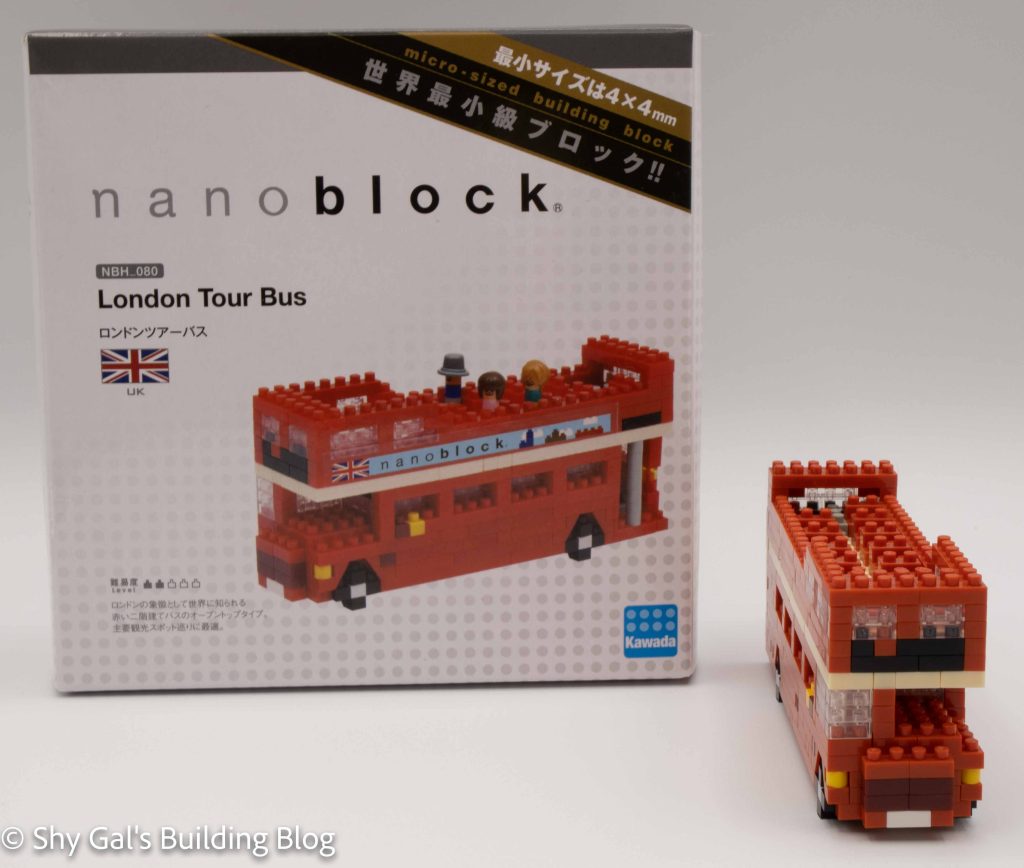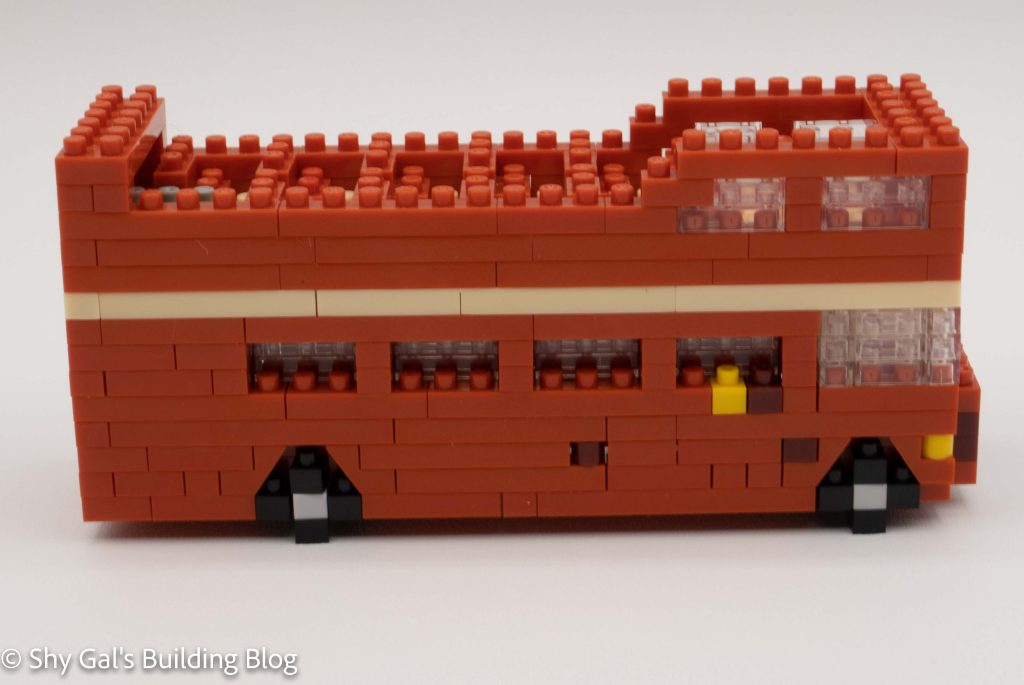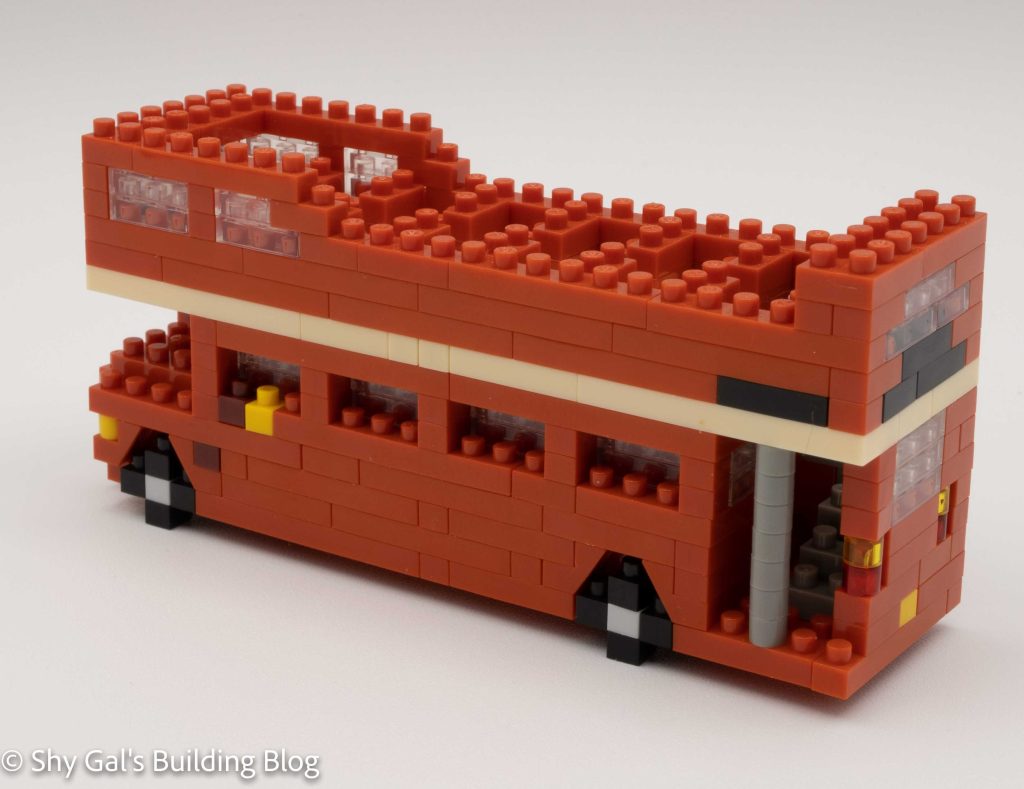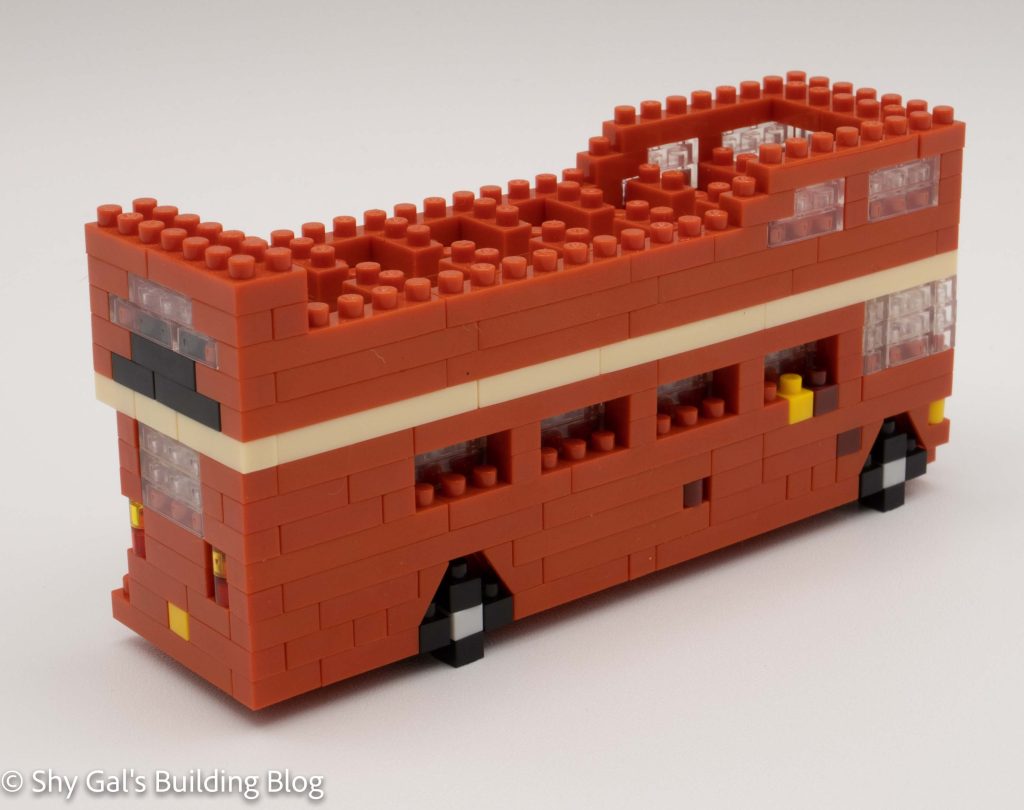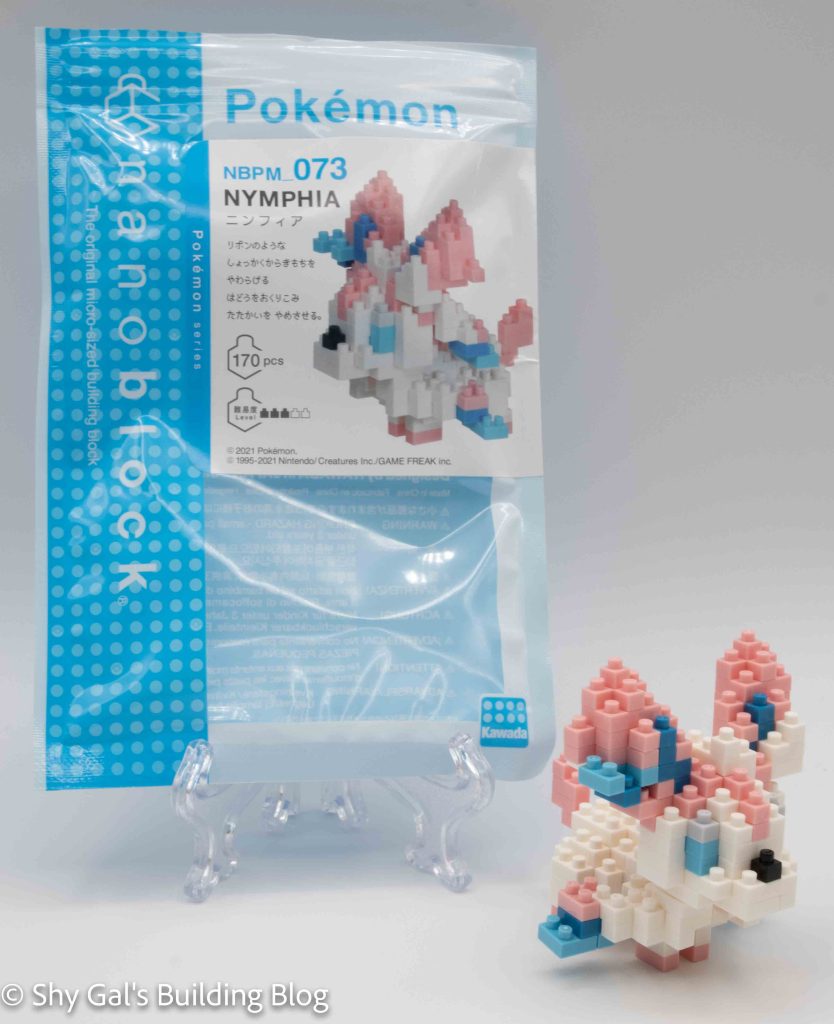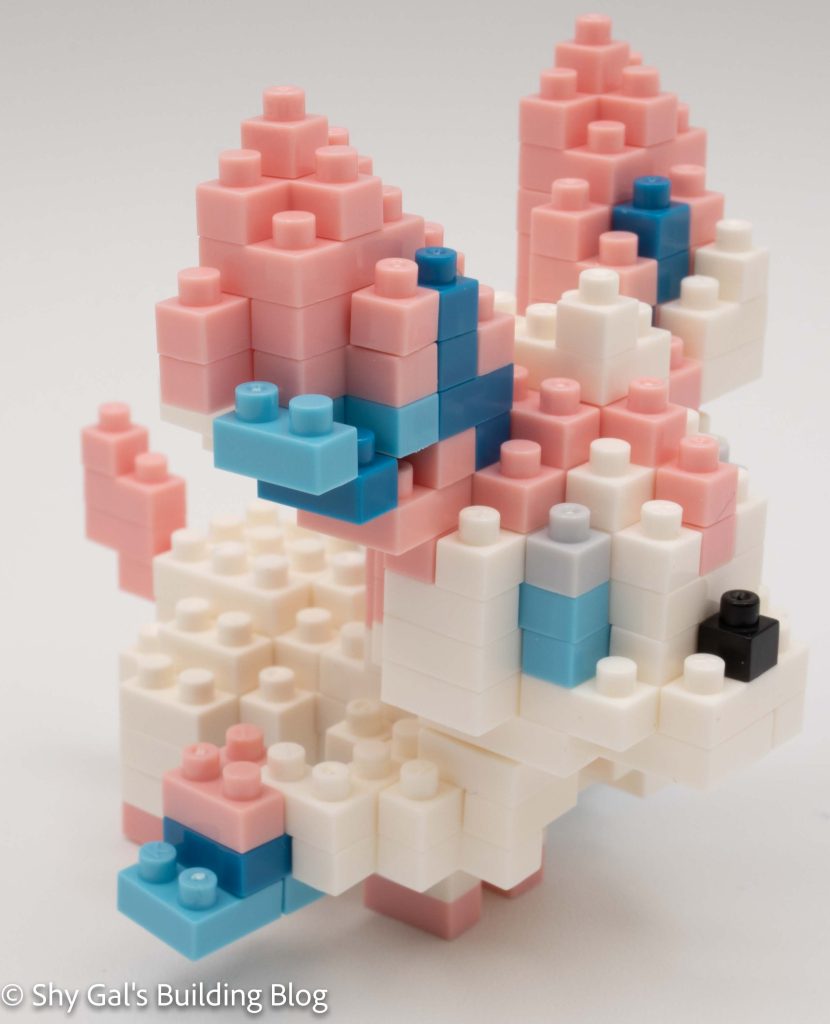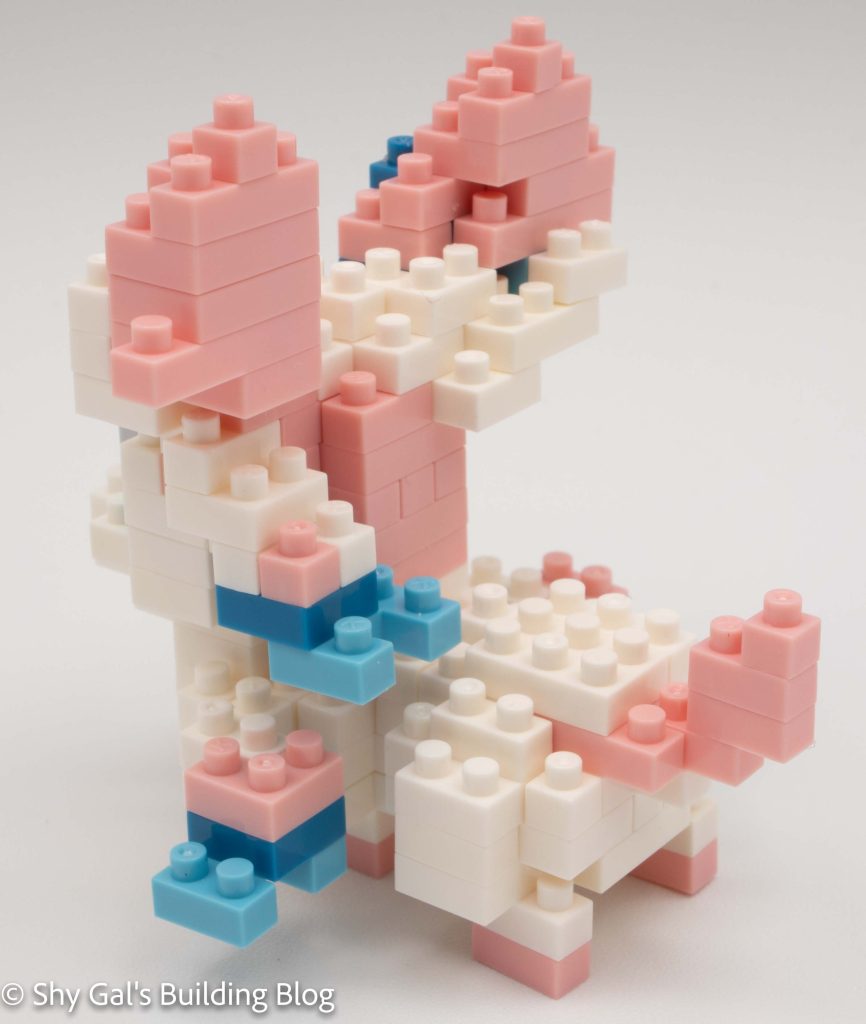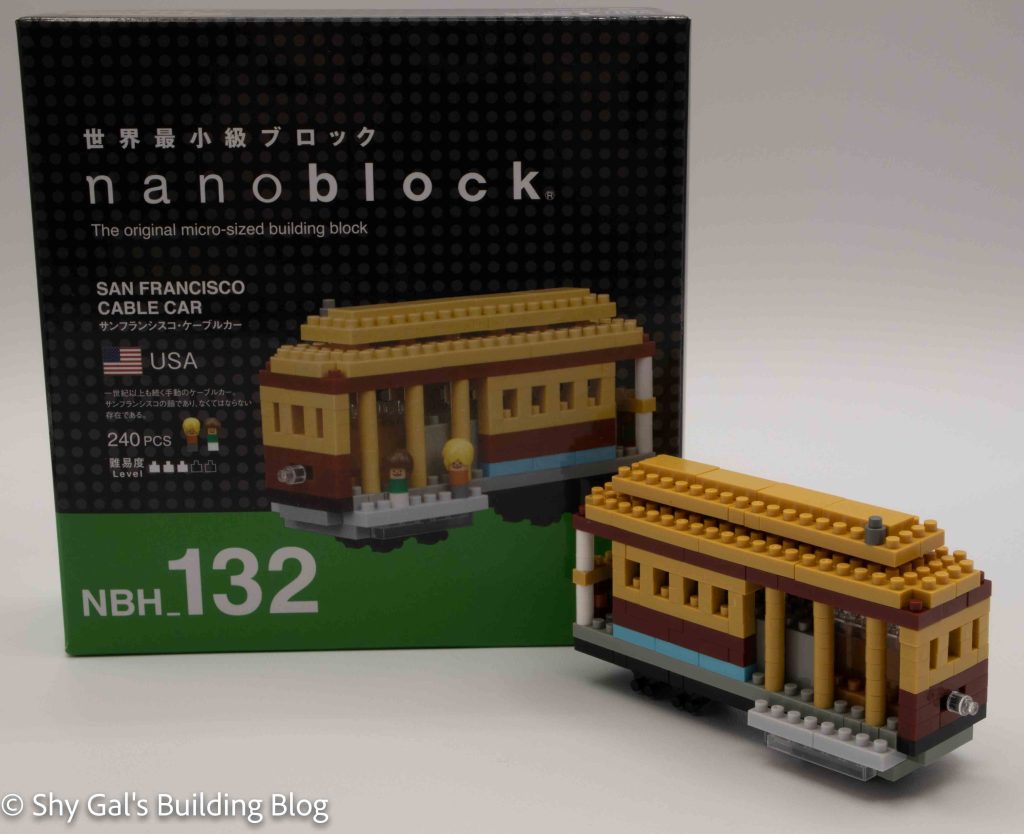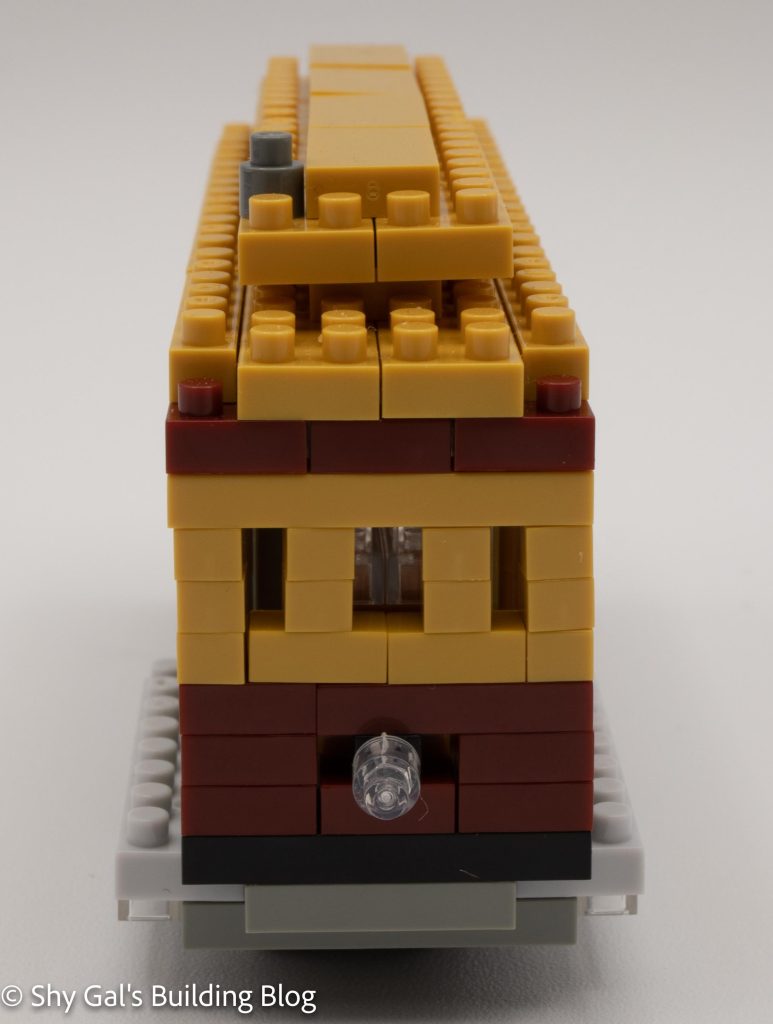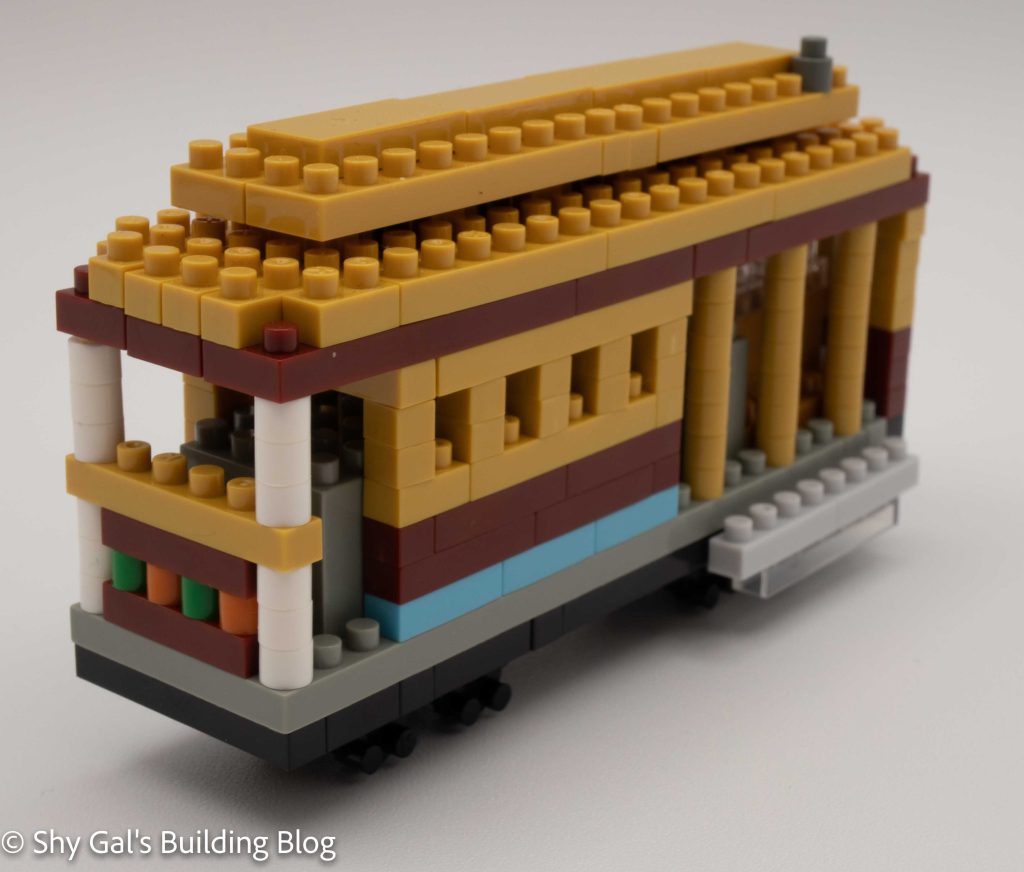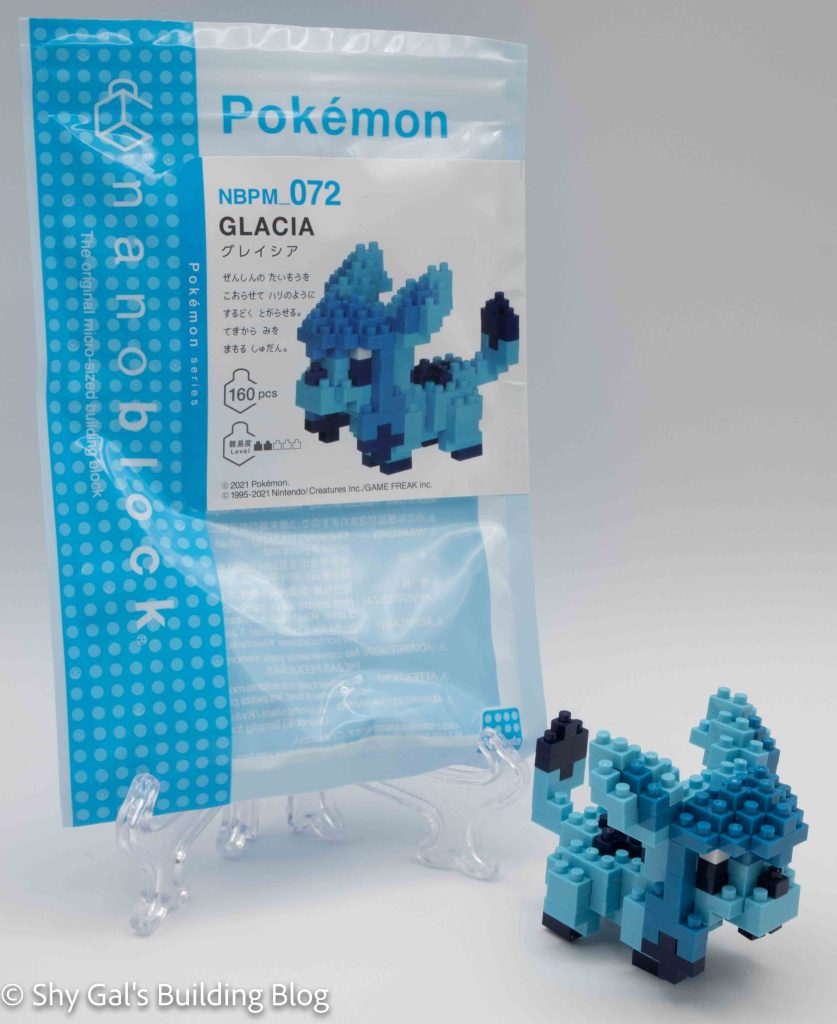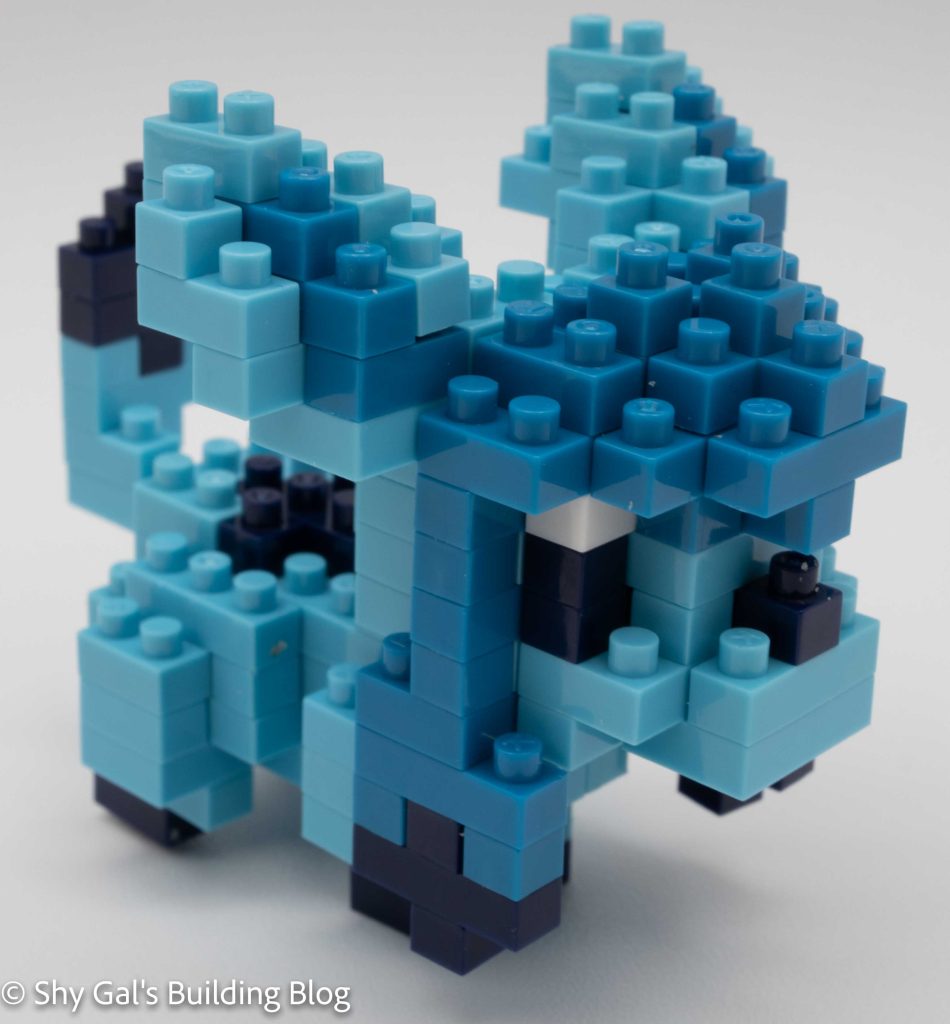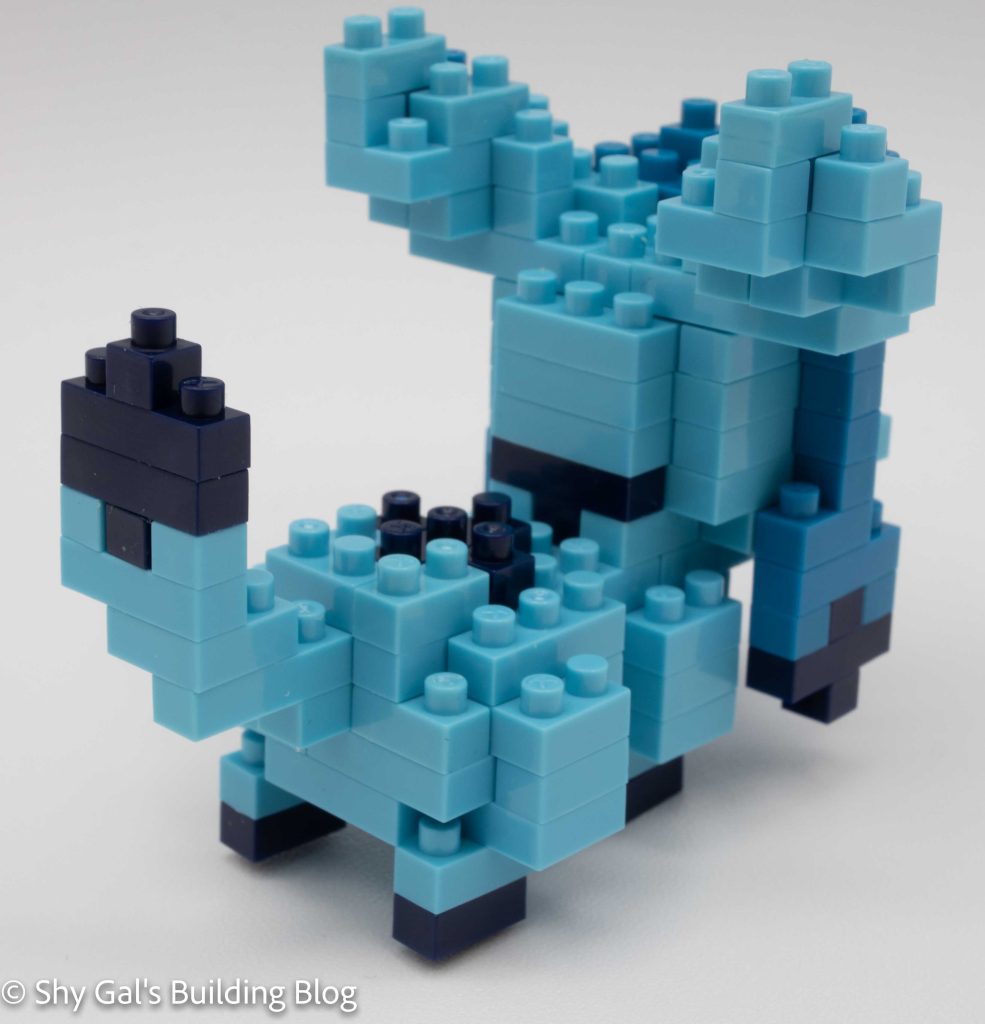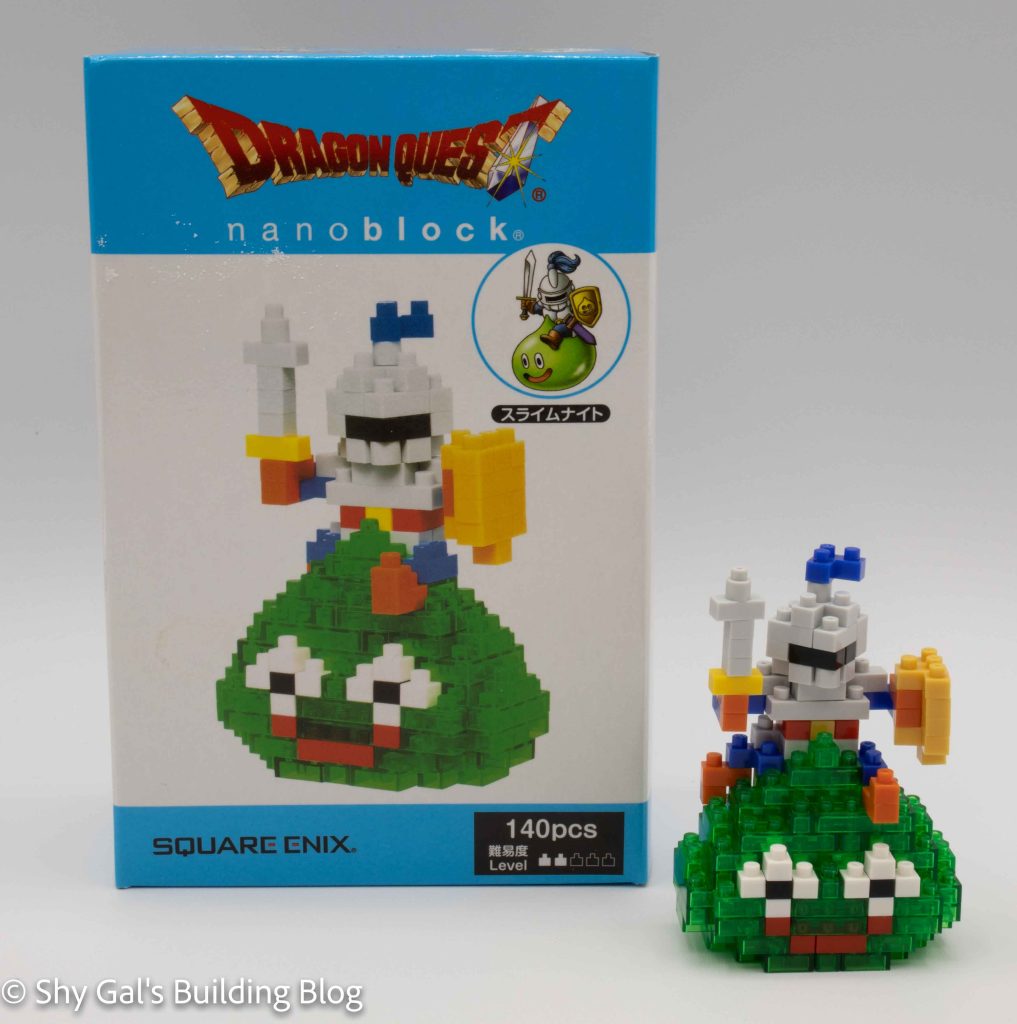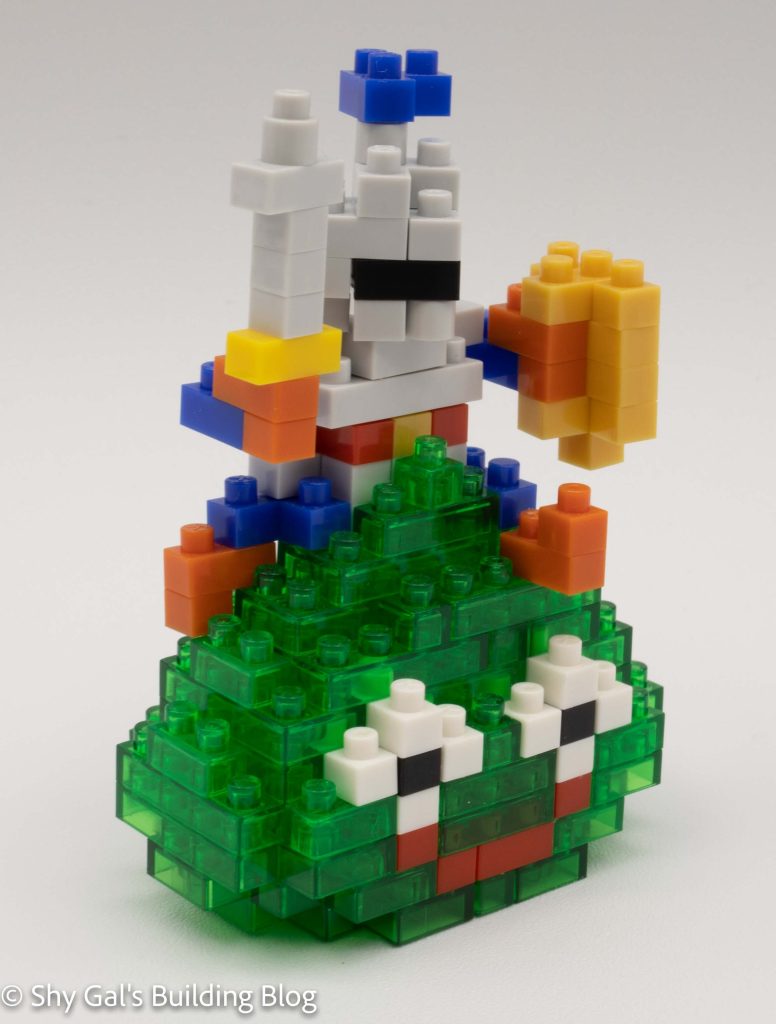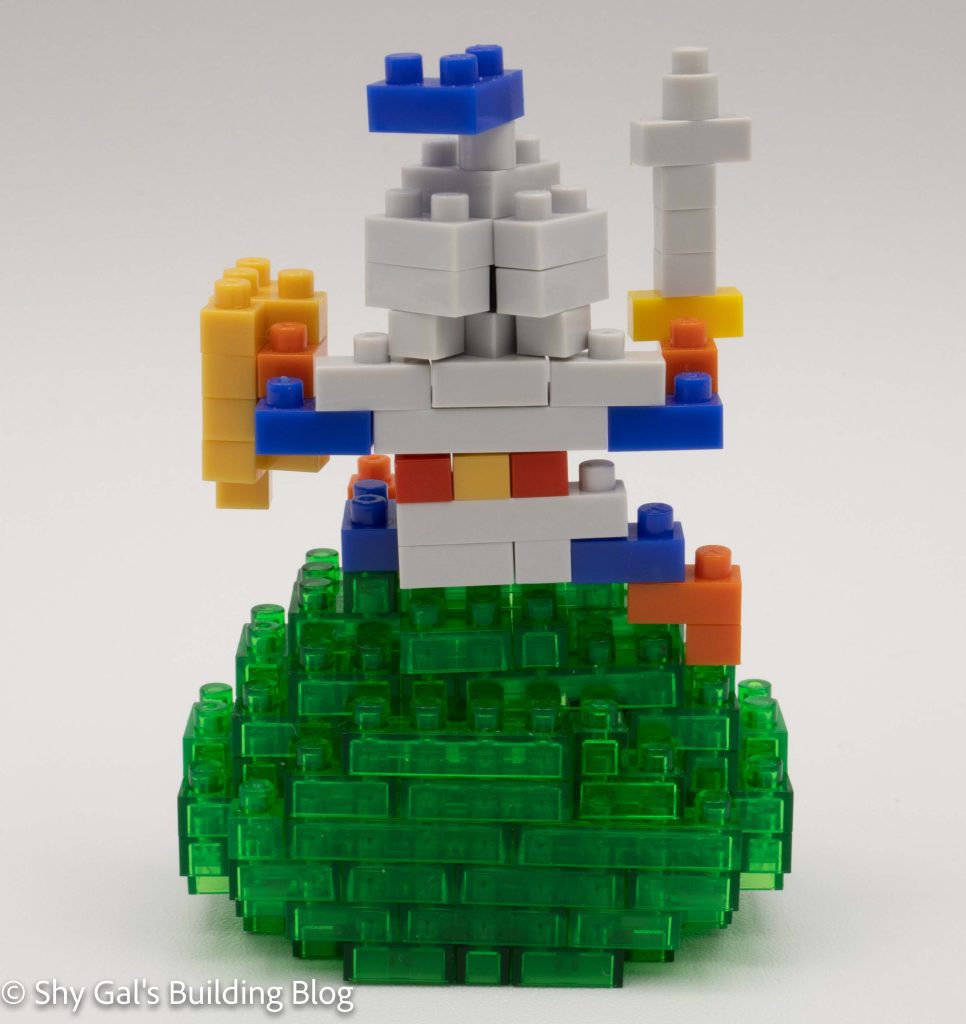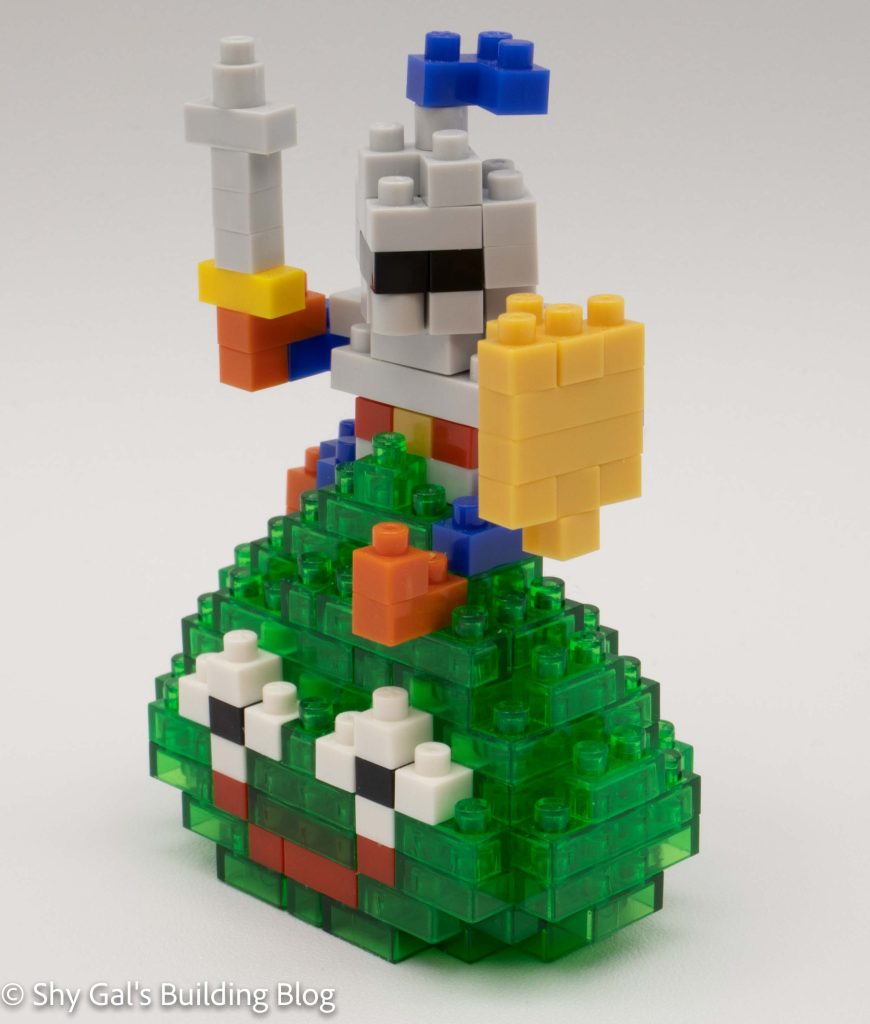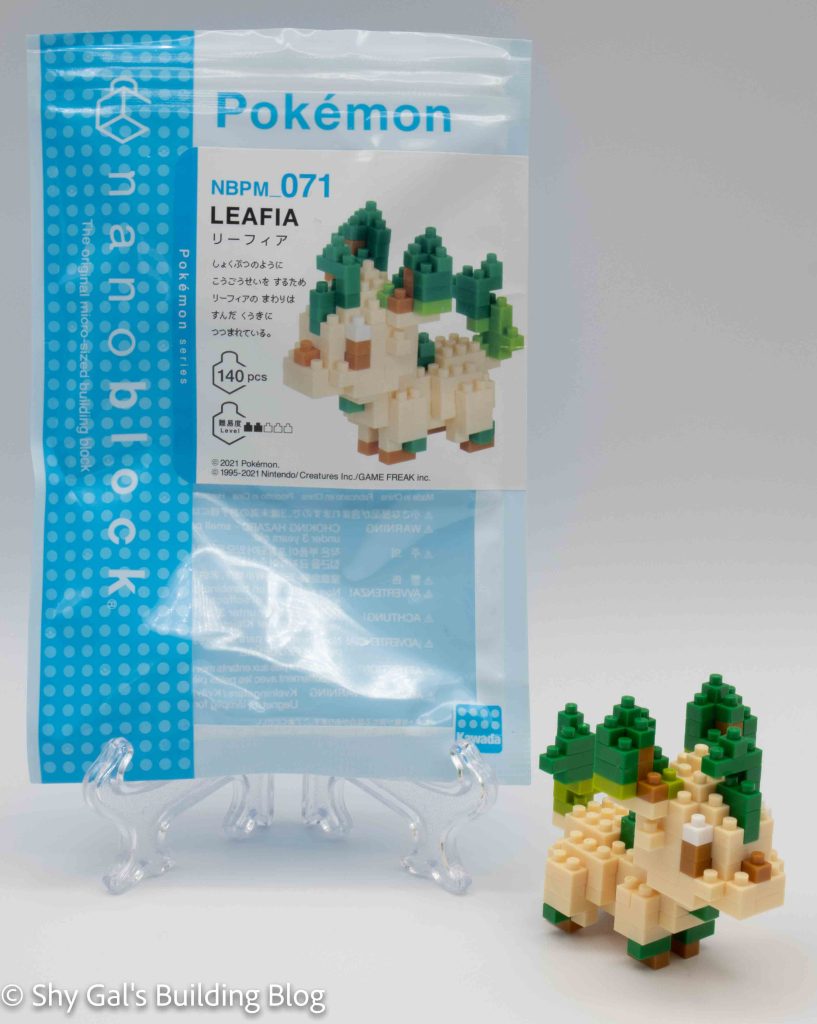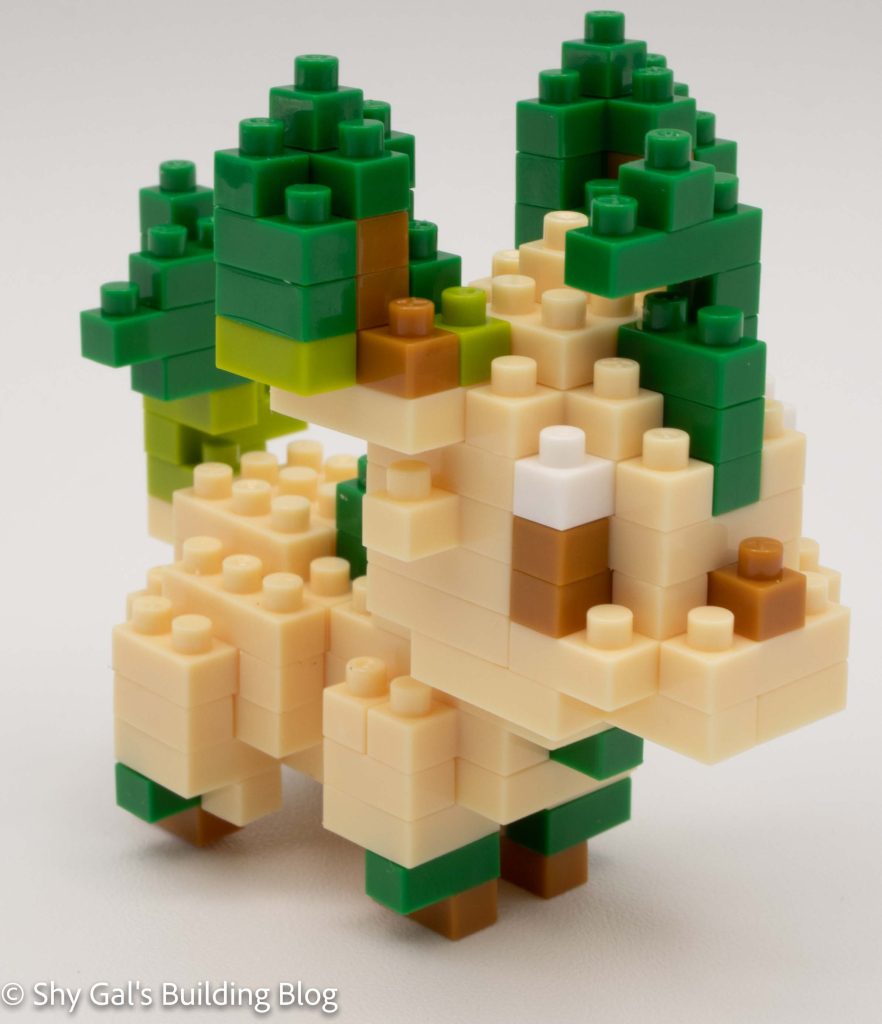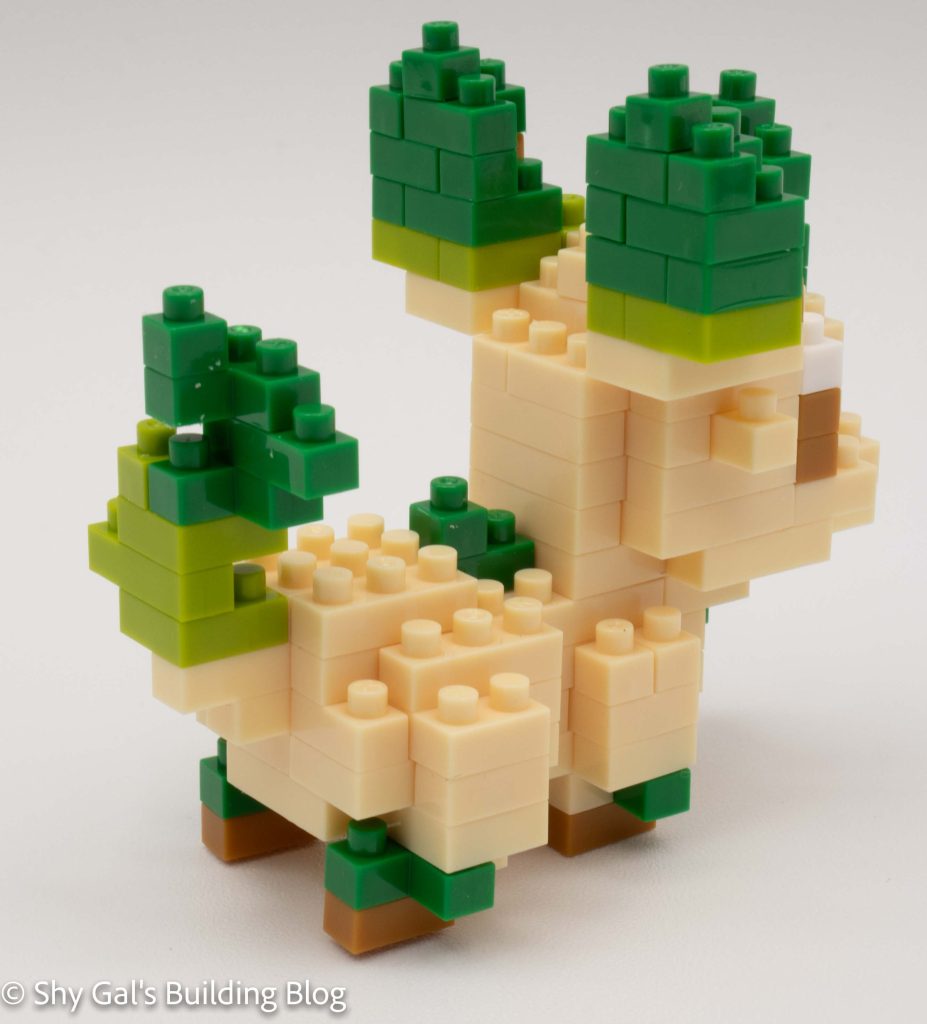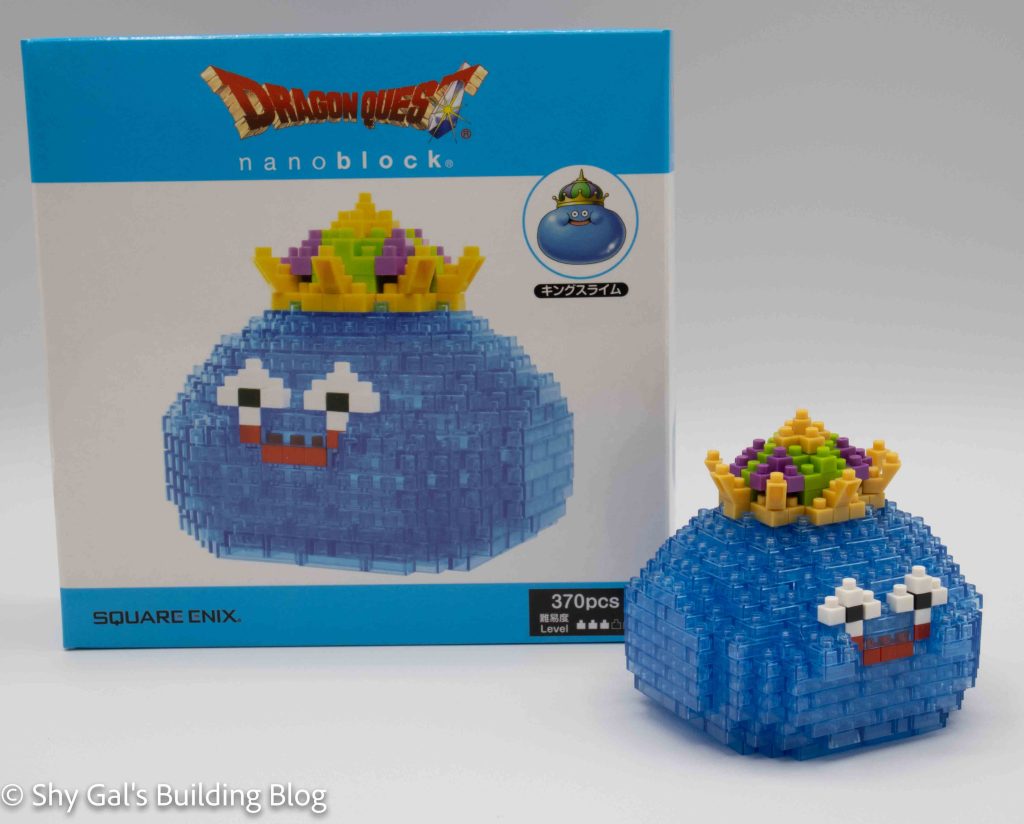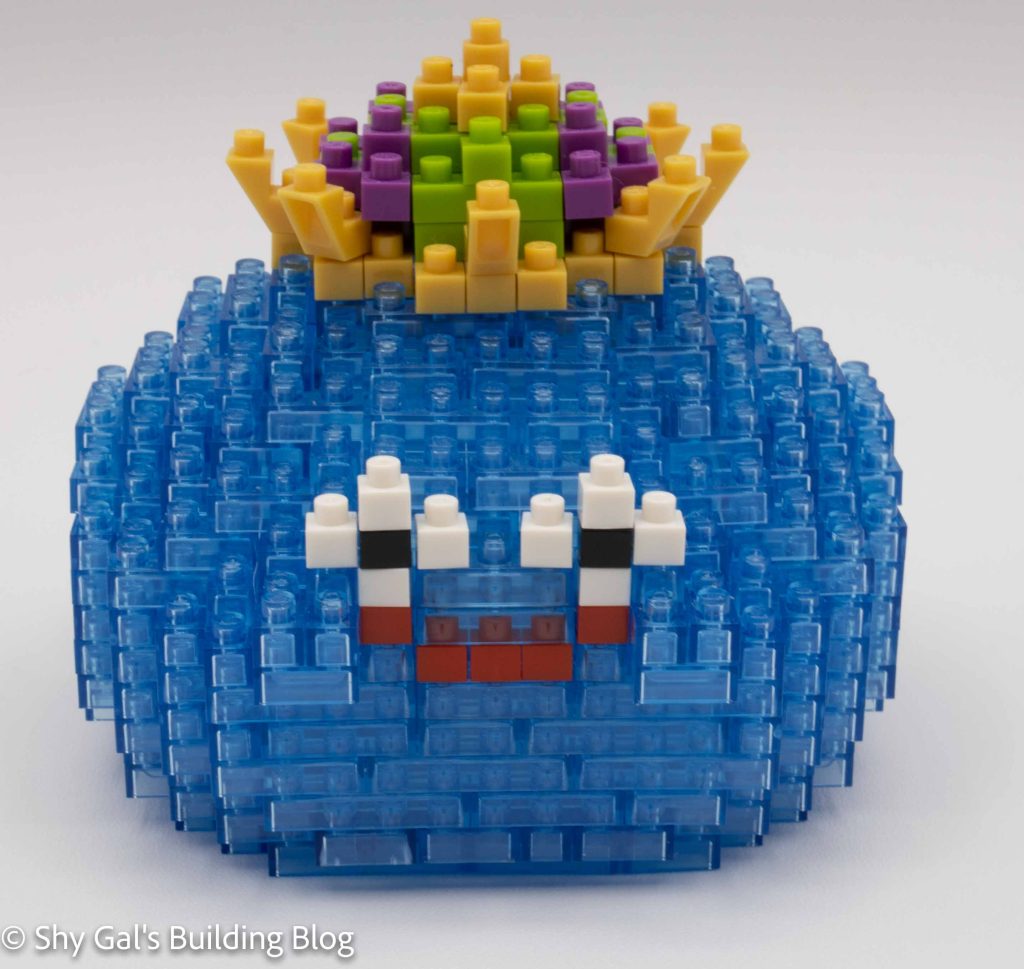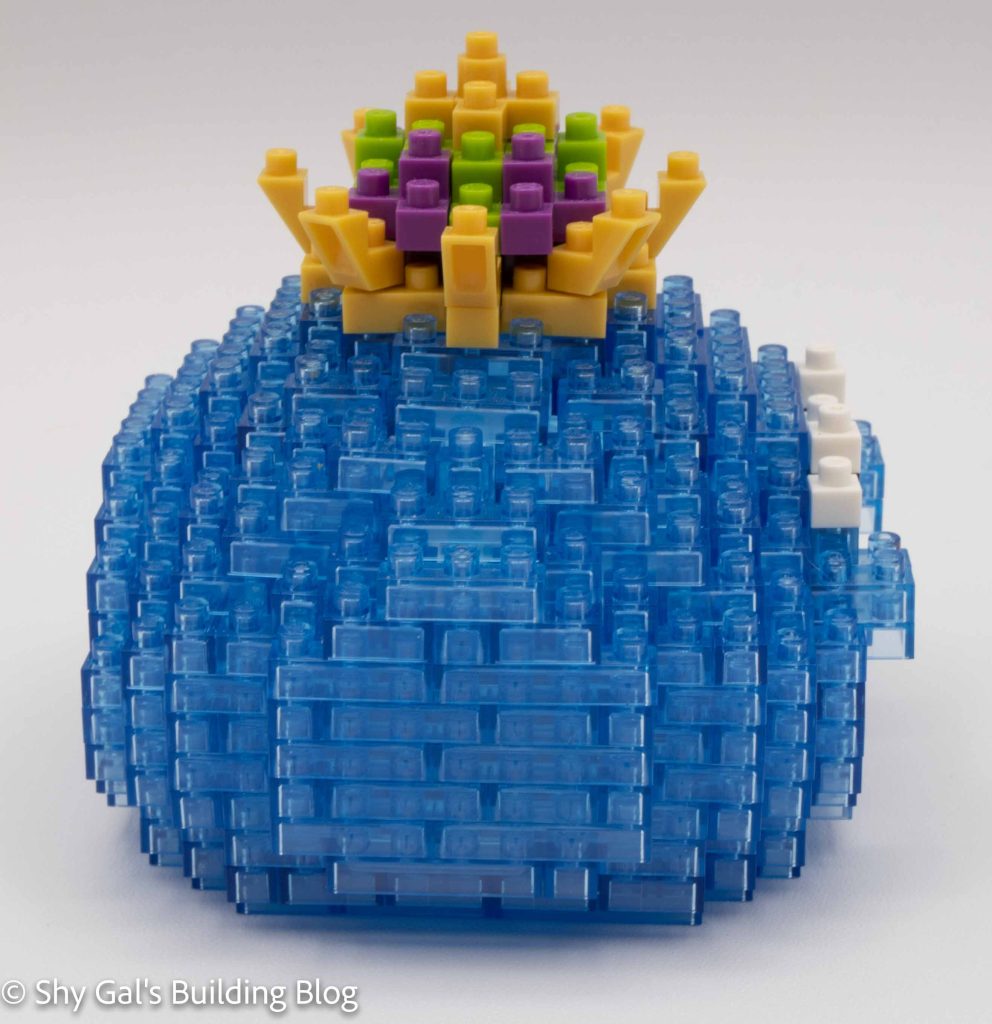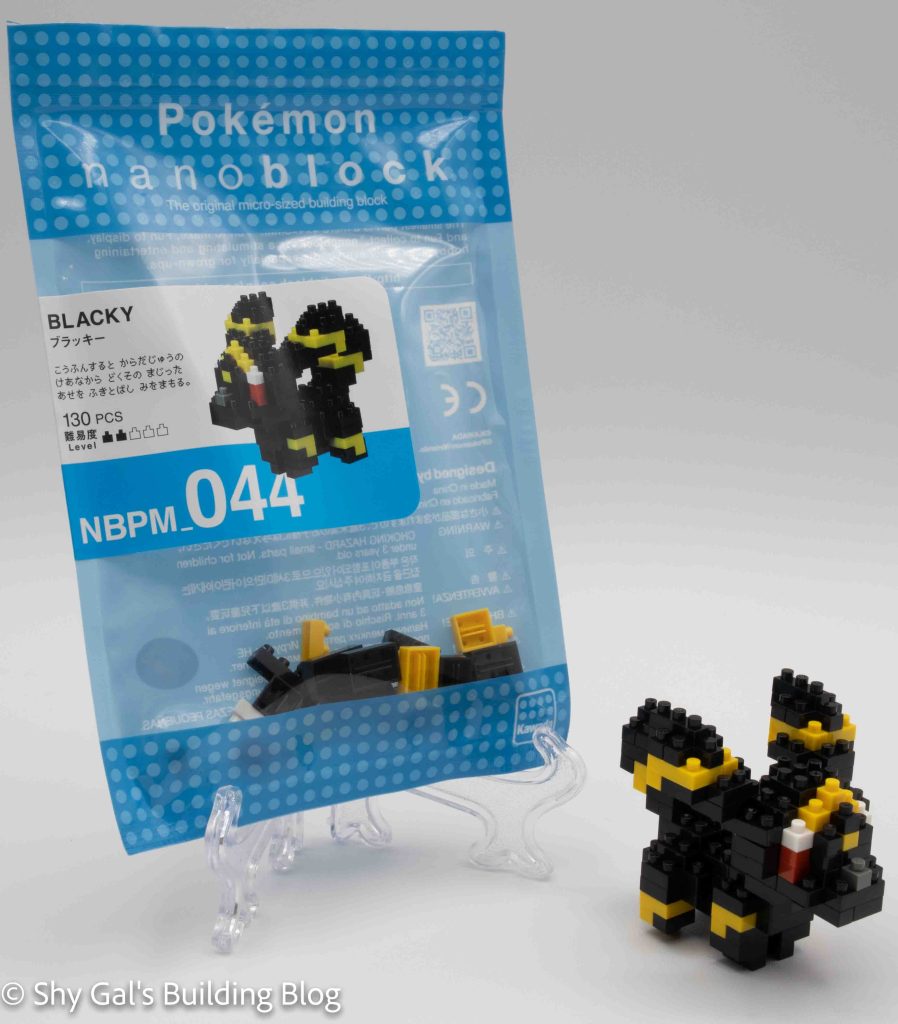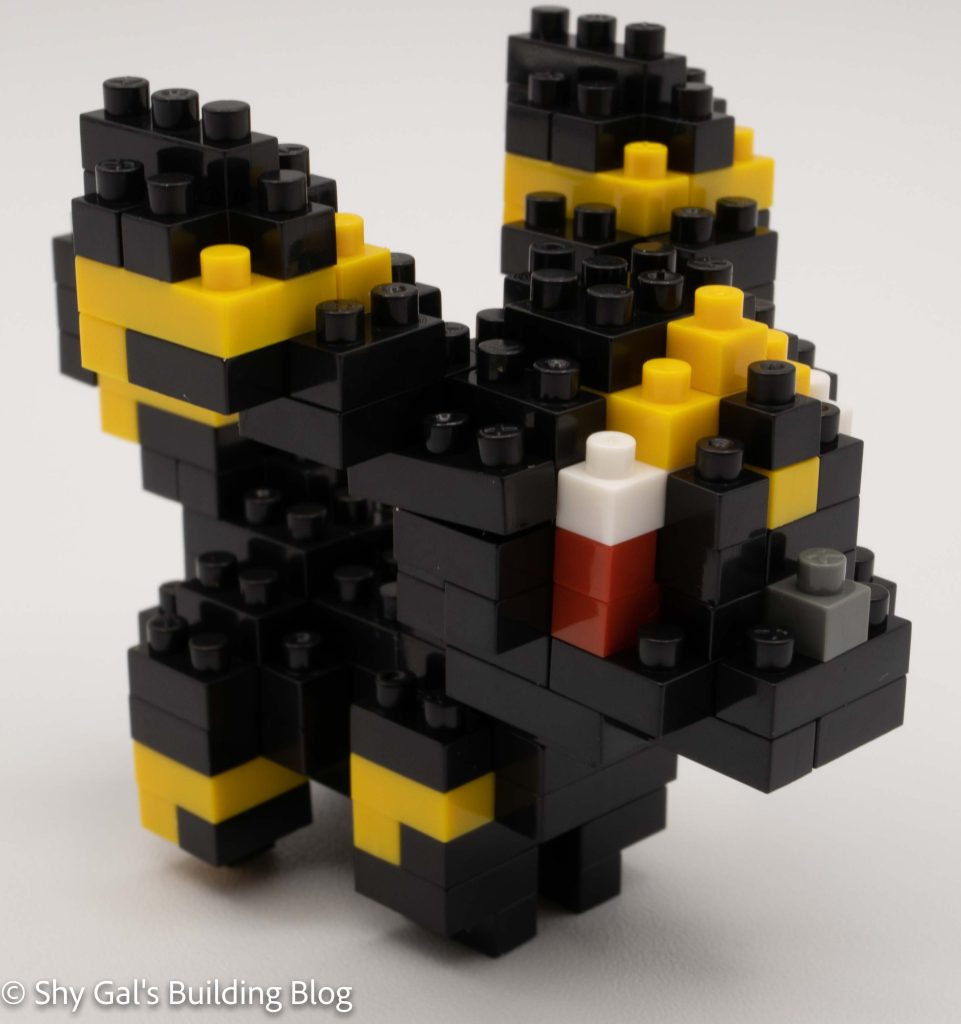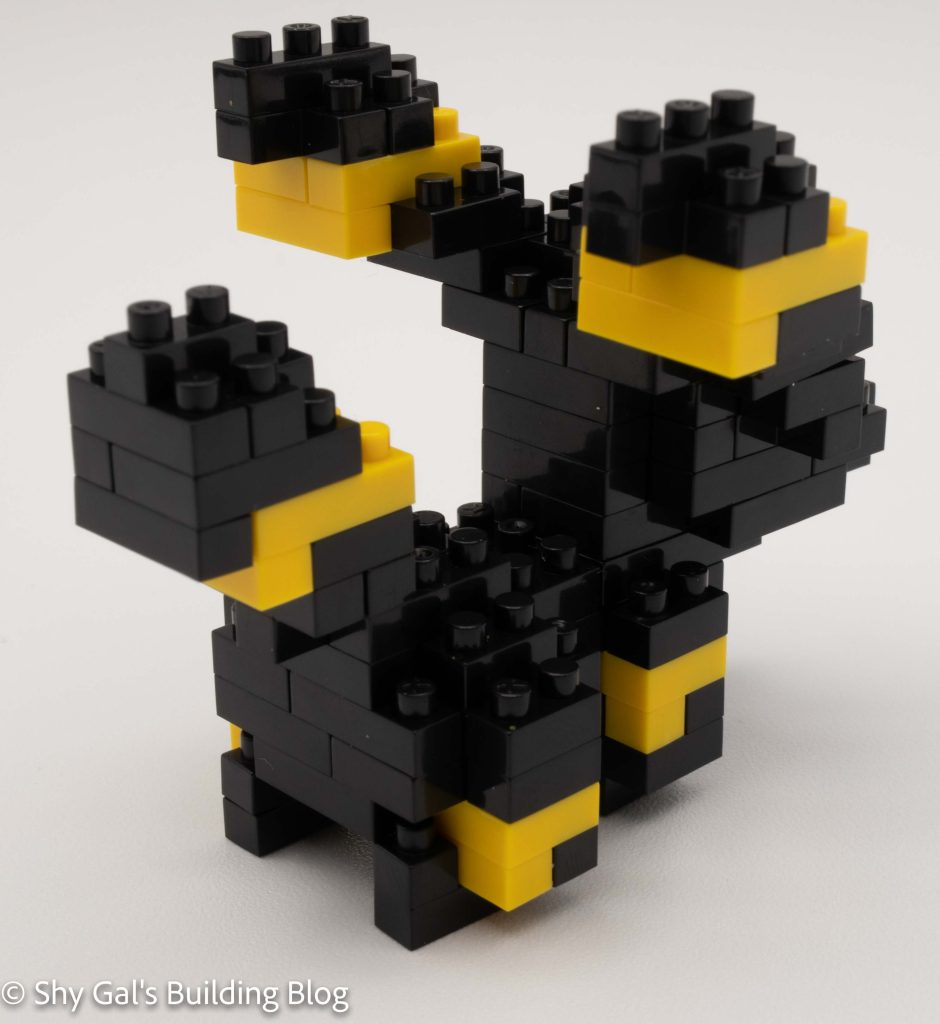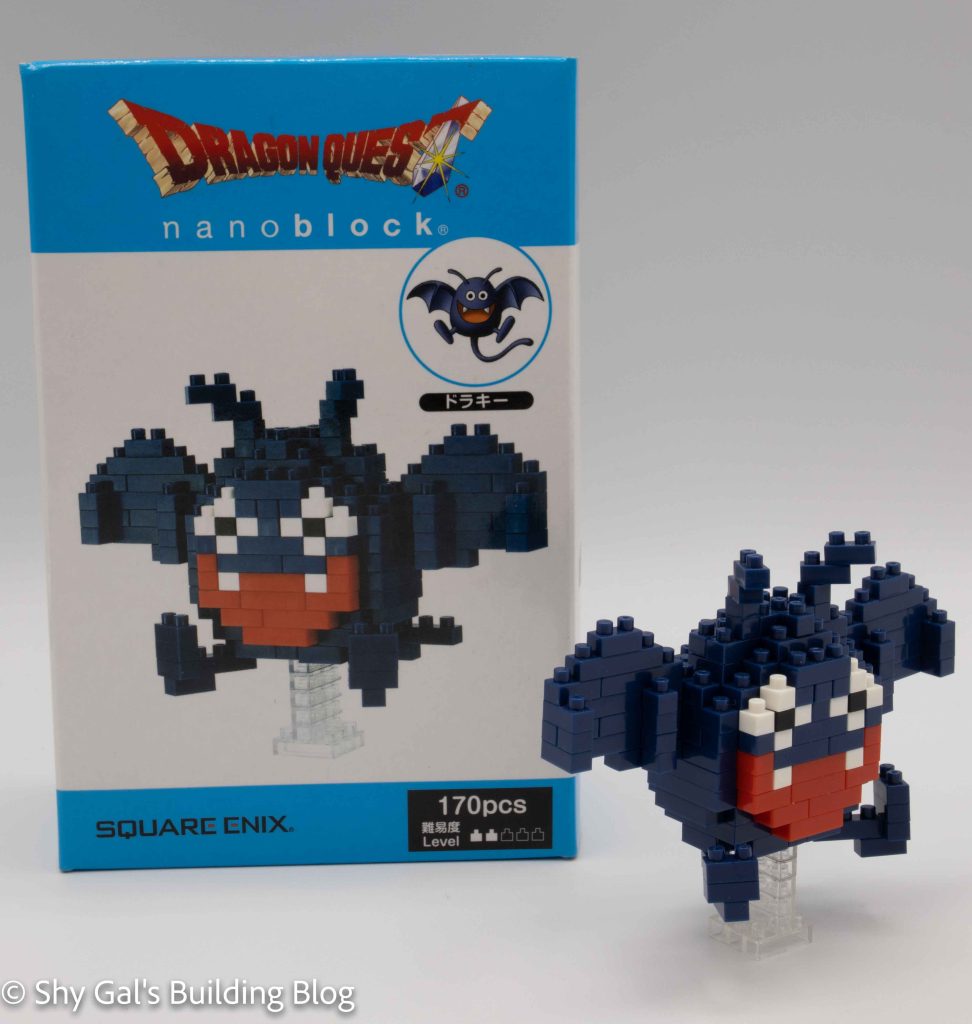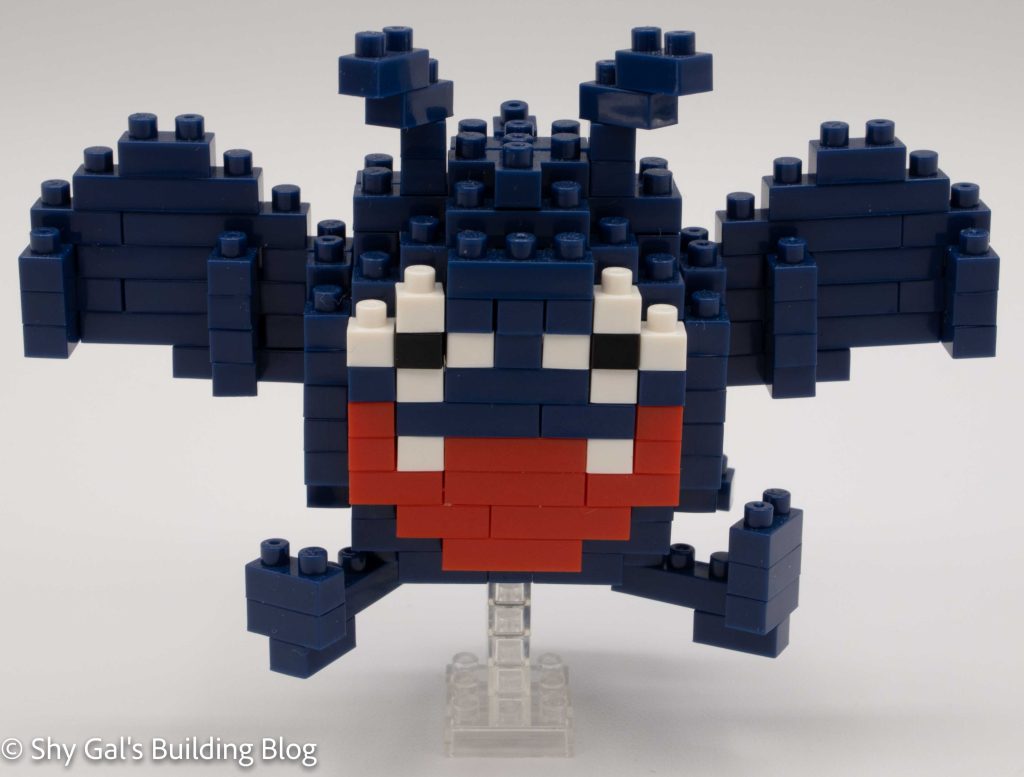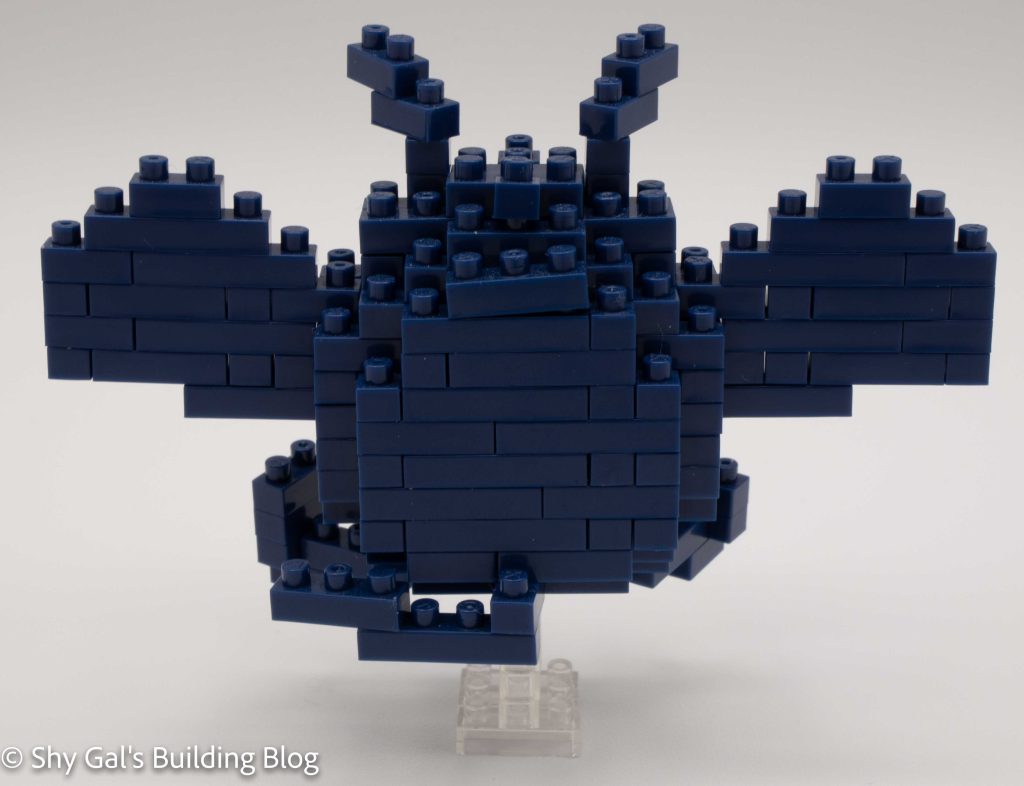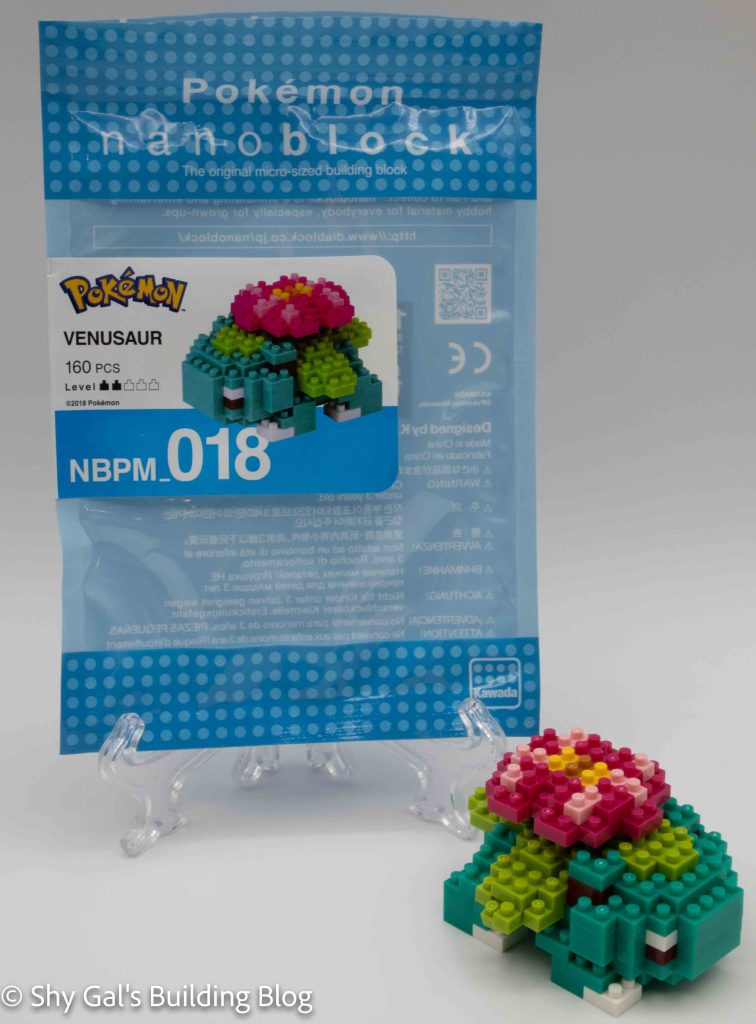
This post is a review of the nanoblock Venusaur build. Venusaur is part of the nanoblock Pokemon collection. Wondering what else is part of the Pokemon Collection? Click Here for a list.
Number: NBPM_018
Number of Pieces: 160
Difficulty Rating: 2/5
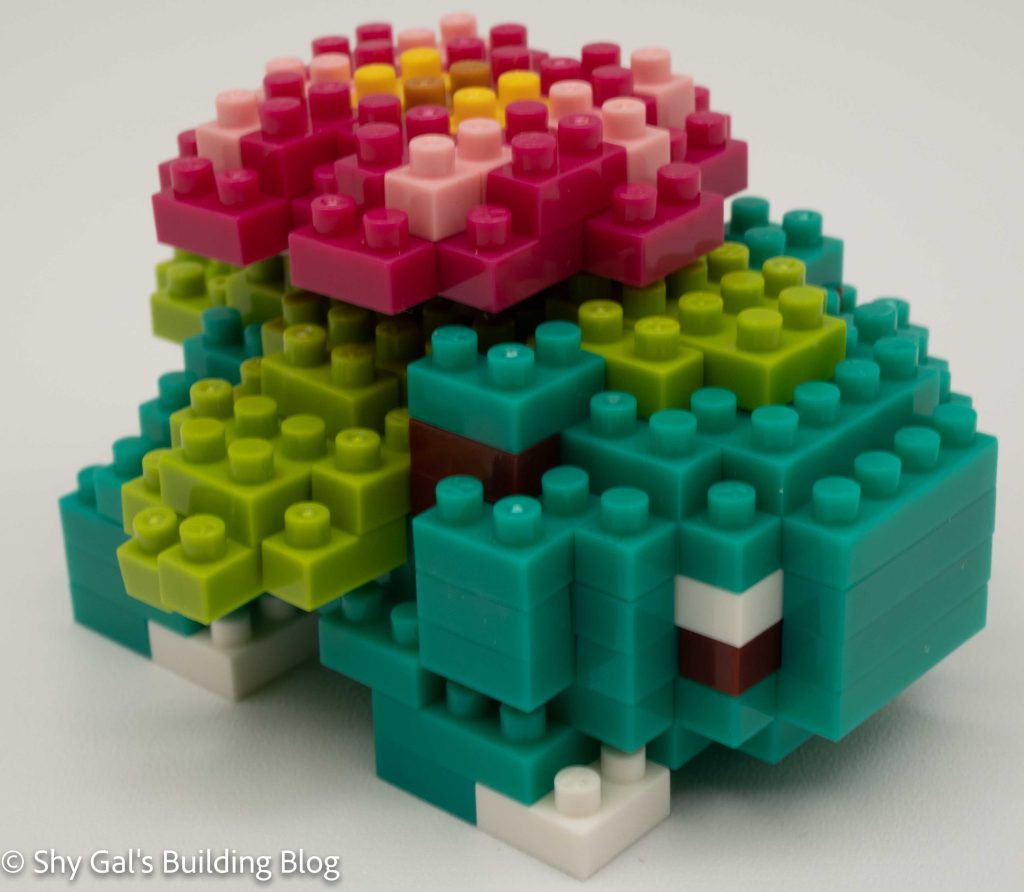
Venusaur is the 3rd evolution of Bulbasaur. At first glance, the build is more involved than the Bulbasaur build because of the detail in the flower on Venusaur’s back.
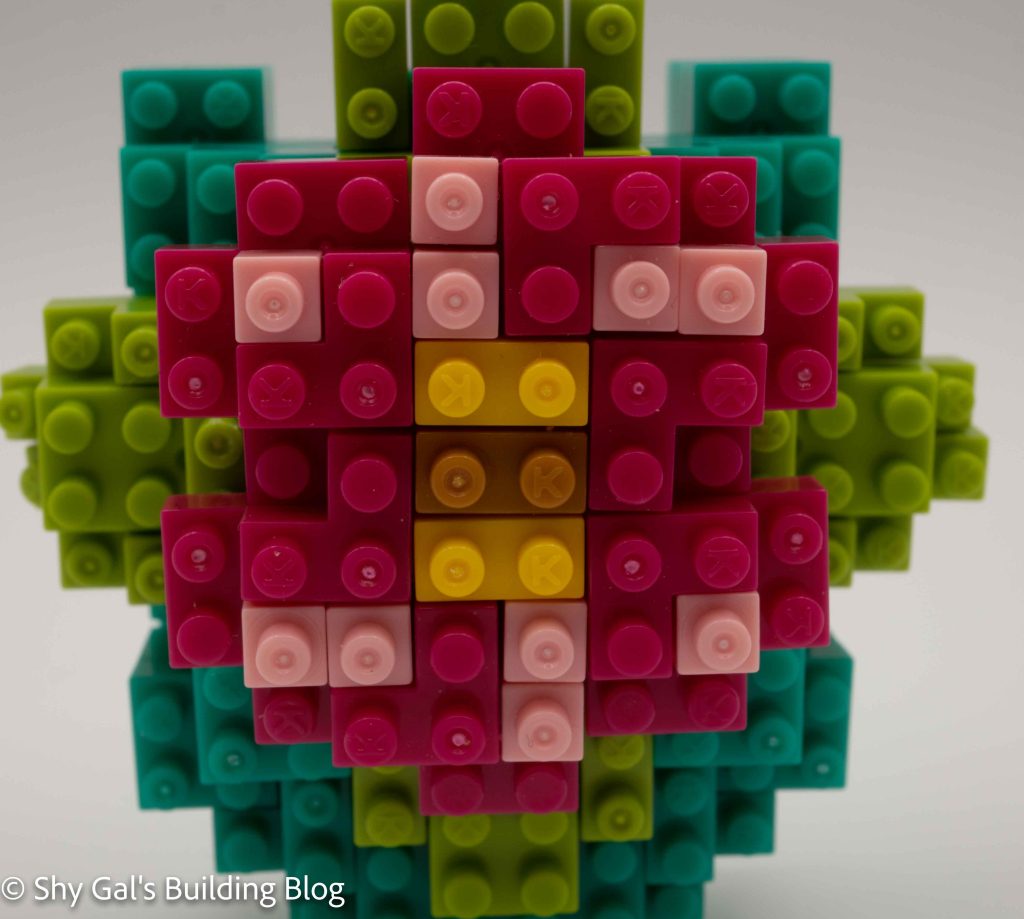
Overall I feel like this should be a 3/5 build since it is more challenging than most of the other 2/5s I have done. Overall there were 2 parts of the build I found difficult. In both of these spots, you build smaller pieces and connect them using a couple of single studs. The first step was difficult because of the size of the base and getting everything lined up. This was before I bought my pad so getting things lined up was a little challenging.
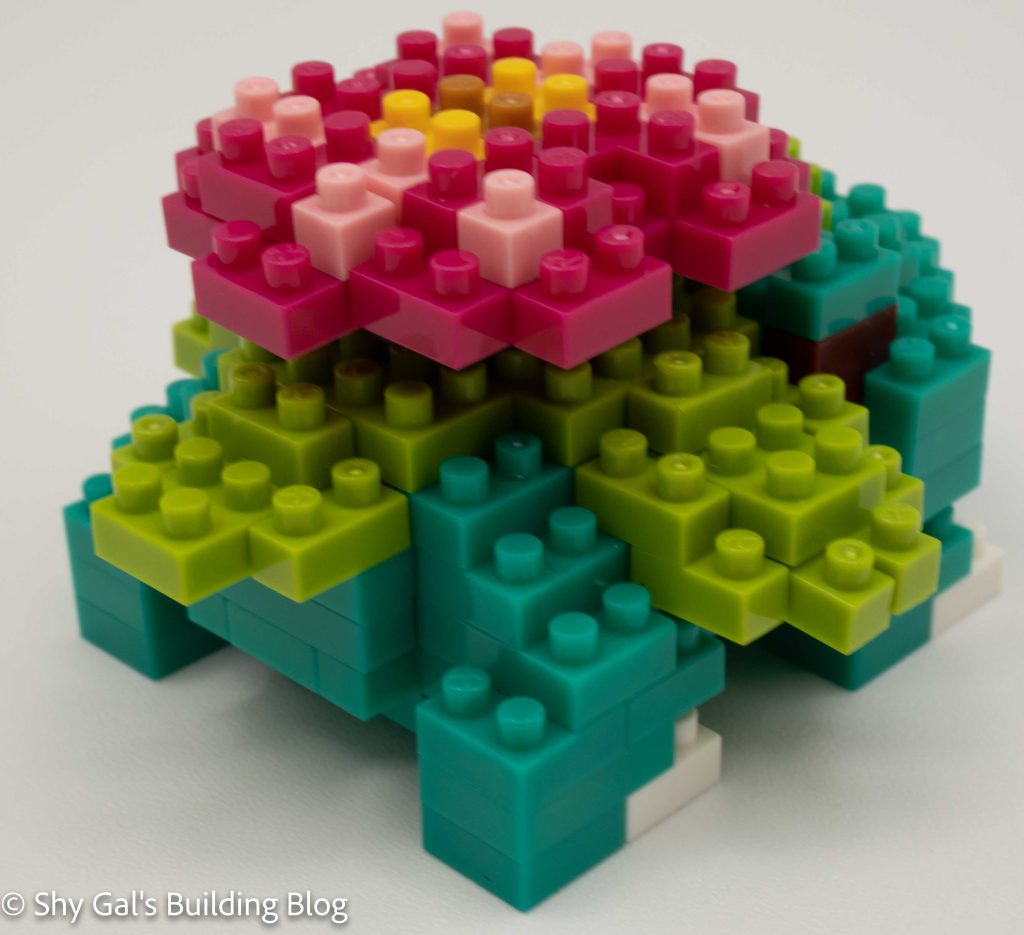
I liked how Venusaur turned out overall. He is super recognizable, which is excellent, and I liked how it worked and looked once I got it built.
Things I liked:
- The detail in the flower
- How the flower appears to float above Venusaur
Link to order: Amazon
